
Write what you are looking for and press enter to begin your search!

Live News
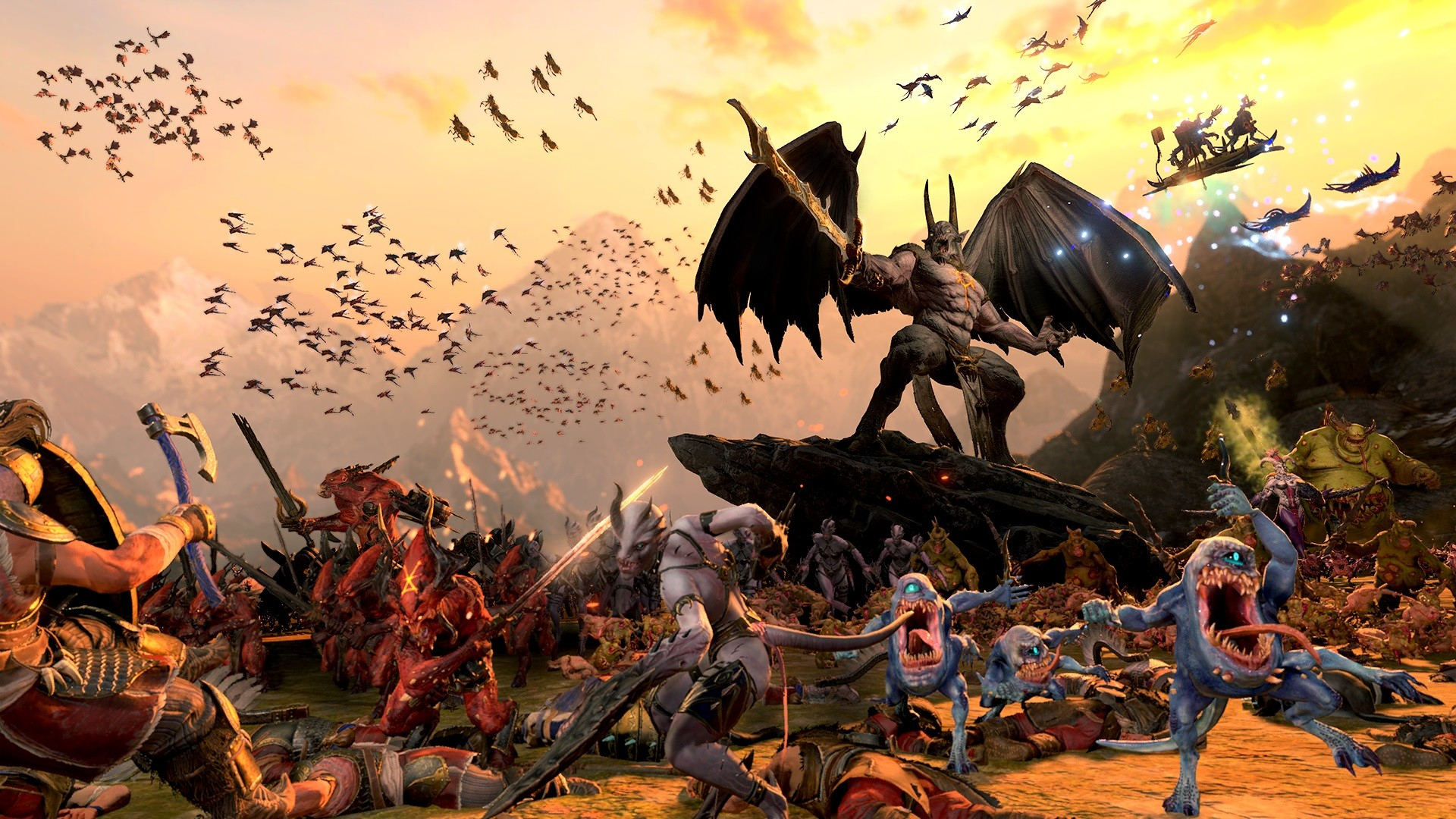

Total War Warhammer 3 Devs On The Daemon Prince & Improving The Endgame
 ">
">
By Alleef Ashaari|January 19, 2022|0 Comment
Total War Warhammer 3 is the culmination of a trilogy after 2016’s Total War Warhammer and 2017’s Total War Warhammer 2, and is an elaborate turn-based strategy series shot through with intimate, real-time battles. It builds on Creative Assembly’s own style of iconic real-time strategy combat and draws upon the rich lore of Games Workshop’s wildly popular tabletop miniatures game, Warhammer.
Thanks to Sega Asia and Creative Assembly, we were given the opportunity to speak with Total War Warhammer 3 Lead Battle Designer James Whitston and Lead Campaign Designer Mark Sinclair.

Total War Warhammer 3 Lead Battle Designer James Whitston.

Total War Warhammer 3 Lead Campaign Designer Mark Sinclair.
Check out our exclusive interview below:
James Whitston: There are a lot of parallels with historical titles. For the first game in the trilogy, we had that solid bedrock of all those years of experience making games in that genre and we just added the extra elements on top of that that we needed in order to make the fantasy content work. Adding flying creatures, strong single-entity monstrous creatures, single-entity characters and magic, all of that good stuff.
But it’s been one of our focuses throughout the series to increase the accessibility to newcomers. We needed this content to bring people into the franchise that maybe haven’t tried the historical stuff before and just purely because of the Warhammer content. Throughout, we’ve been working on a lot of quality-of-life features, which makes accessing the fun stuff in the game far more easily.
Features that remember your formation that you dragged out in the deployment phase of the battle and repeat that in the next battle. There’s a whole host of other stuff. In addition, in this game, to go along with the strong narrative element we’ve added to the campaign, the precursor to that is the prologue campaign which really holds the players’ hands and introduces them to the series, how to go about approaching a Total War campaign.
We’re not going into a lot of detail in the prologue today because obviously there’s so much to talk about in this game. This game is definitely the biggest game that we’ve done in the trilogy just purely because of the large number of playable races right from Day One. There’s a lot to get your head around but we have taken steps to make it accessible to players. We’ve got an advisor that regularly interjects throughout the game to explain creatures and how to access them and to get the best out of things. There’s a heck of a lot of fun to have in there, and we think we’ve taken a large number of steps to make it accessible to players that are new to this.
Mark Sinclair: Diplomacy was a really big one. We saw that fans were really receptive to the changes that we made in Total War Three Kingdoms and A Total War Saga Troy. So, it was a no-brainer to incorporate as much as possible from that, but we went an extra step and we added a lot of new features with regards to alliances.
Now, alliances are much more important in Warhammer 3. You can build outposts in settlements that belong to allies that will allow you to recruit their units and also add to their garrison. The allies will issue new missions so you can carry out the tasks that they request. That will increase your allegiance, which means that you can recruit more units and even loan armies from them and play around with them for a few turns, which is really cool.
I think the biggest thing we took from A Total War Saga Troy was more resources on the campaign map. Not just gold, they have things like wood, stone and so on. We didn’t just want to take that wholesale and fit it into Warhammer 3. We decided to really push the asymmetry aspects, so each race plays differently. Each race has its own secondary resource. For example, Khorne has skulls, which really fits that theme of fighting and collecting skulls from fallen enemies and using them to build up your settlements, which makes them really different.
James Whitston: Yeah, it’s been one of the focuses throughout the trilogy. In the second game, we introduced a core central overarching narrative that kind of drives the campaign. We still retained the open-world sandbox element in the game, and if you wanted to go win the game by conquering the entire world, that is perfectly possible, but woven throughout this is this compelling narrative. We really up-ed the ante on that in the third game, so you’ve probably seen right from the point that you’re choosing a race to play as in the new campaign, you’re introduced to the narrative and each race has its own root into that narrative and motivations for engaging with that.
It provides useful narrative beats within the context of that open-world sandbox campaign. It provides high points and long-term and medium-term goals. The strategy is to present players with a large number of short, medium, and long-term goals, so there’s always something you’re thinking about, something waiting, something you’re climbing for. It provides a much more compelling driven experience that we find a heck of a lot of fun.
Mark Sinclair: As Jim said earlier, we’ve made a few little changes in the campaign game that’s going to help that late-game slog when you’ve got multiple settlements and multiple armies running around, you can now auto-manage the settlements, so the game will build up the buildings for you, so you don’t have to go through all those different settlements. In the same sense, the skill tree will automatically assign the skill points to remove some of that busy work that some players might have been struggling with in the late game.
James Whitston: Another aspect of having these strong narrative elements in the game is now another route to introduce players into that really strong flavoursome IP the game’s integrated. There’s so much breadth and depth there, this is just another way of feeding that to players and really making them feel immersed in that world and the setting that we’ve created.
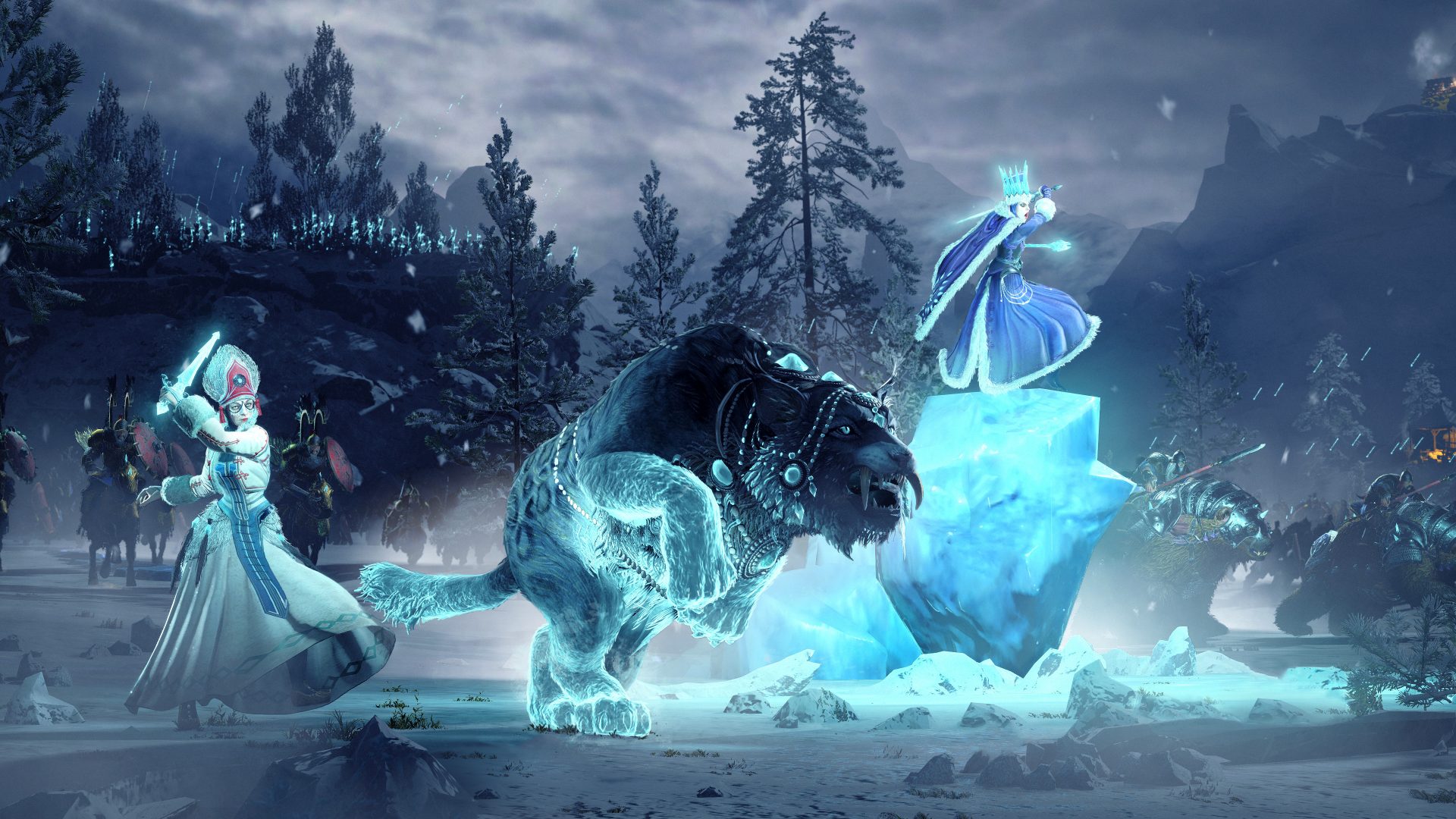
James Whitston: The motivation for putting Survival Battles in was really the setting that we were dealing with this time. We’re dealing with a situation where players are leaving the Mortal world and entering the home realm of one of the other Chaos gods. Each of them is themed appropriately towards that god, both in an artistic sense, sound and all of that stuff.
We felt the scale of that challenge. We couldn’t just end that with our normal land battles, albeit they are already of an epic scale. We felt we had to push that even further, so in these Survival Battles, you’re up against a huge number of enemies. Enemies that are constantly spawning behind you and attacking you and we’ve provided players with a whole new range of gameplay elements.
Towers and barricades that you can build on the fly, reinforcements that you can bring in, upgrades that you can apply to your units. It’s really interesting to see with such a wide range of the different approaches that players take to deal with the scale of the challenge.
Like I said, it’s really to reflect the nature of the challenge that players will be facing at that point. They’re a lot of fun, these battles, they’re quite gruelling in terms of the scale of the challenge you’re facing. So reviewing that, it is possible to auto-resolve these battles, but we thoroughly recommend that people give them a try because they’re a new side of Total War battles and they’re a lot of fun.
James Whitston: The reason why we included the Chaos Undivided faction led by the Daemon Prince is really that when we sat down to look at the material that we were dealing with in this game, one of the army books is the Daemons of Chaos army book. That’s a strange army book in that it includes four races, one big creature, the gods, a distinct roster of units and spell laws and so on. We felt there was enough content there to support a playable race for each of those and the advantage of that is that it allows us to go really deep and introduce players to each of those gods as they play them.
To really understand the differences, they’ve each got their own sets of very different gameplay features just from the campaign side of the game and the battle side of the game, you need the spell laws, characters, and so on. There was a lot of depth there that we didn’t want players to miss out on so, the disadvantage of that is obviously that it doesn’t allow players to do what you can do with that army book. In the tabletop game, you can just field an army that includes Khorne units standing alongside Nurgle units, Tzeentch units, and Slaanesh units.
So, the Daemon Prince and the Chaos Undivided faction offers us an opportunity to bring it all back together as you can in the army book. You can very much field all those and access all of the campaign creatures as well that go along with that. Alongside that, the Daemon Princes within the tabletop game are all very different to each other, there’s no two alike. This is reflected in the way that tabletop players build their miniatures, they customize each of their Daemon Princes to make them very different to each other.
But we’ve allowed that in our game, you can unlock body parts by dedicating Daemonic Glory to each of the gods that allows you to tailor your Daemon Prince exactly as you see fit. There’s a lot of fun to be had in that.
Mark Sinclair: Yeah, I think the big thing is that it really encourages the player to experiment and try different things. There’s not really a right or wrong way to play the Daemon Prince, you might find out that you start specializing in Nurgle and then getting these very slow-moving units that really bog down the enemy and slow them down and get them into melee combat. And then you might find that you can really boost that by getting some Slaanesh units that run really fast. So you can slow down the enemy units, and then flank them with the Slaanesh units and that really works out well.
I think that’s the really great thing about the Daemon Princes. So replayable, you can try different builds each time and different combinations of units and really have some fun.
James Whitston: Yeah, I think that’s really the embodiment of what we really want to offer players with the entire game and that’s just endless variety. Each faction you play is totally different from the last, each faction you encounter on the campaign map presents whole new units and challenges. We want to be constantly refreshing the players’ experience because this is taking place within the context of a very long epic-scale campaign. So, you want to always be offering new experiences in those.
Mark Sinclair: I think they’re all pretty good as a starter. If you’re a new player that’s not familiar with the lore, I really recommend just clicking through each race on the campaign selection screen and seeing what resonates with you. As we said earlier, we’ve made so many steps to make the game more accessible and easier to understand from the start for new players. Picking what looks cool to you is probably the best way to go, but I personally recommend Kislev or Cathay because they’re closer to real-world factions that are humans, obviously, and you start with the more melee units and archers and things like that, which is easier to understand. You’ll slowly go into that fancy element with elemental bears and flying units. Yeah, I really reckon you can’t go wrong with any of the races.
James Whitston: Yeah, I think I can agree with that, I think Cathay is a really good choice for a first-time player. Like Mark said, the units you’ll have at the start of the campaign are human-based and really understandable while there are lots of parallels with units from our historical games. Very quickly, you’re introduced to the more fantastical elements in that army, such as Terracotta Warriors and balloon artillery units and so on.
And the faction leaders for those factions may seem human at first glance, they’re very strong magic users, but they have a little button on their control panel, which when you click that during battle, they will transform into an oriental dragon.
That’s kind of mixing things up a lot, but they’re very easy to get playing with and introduce yourself to the fantasy elements of the game.
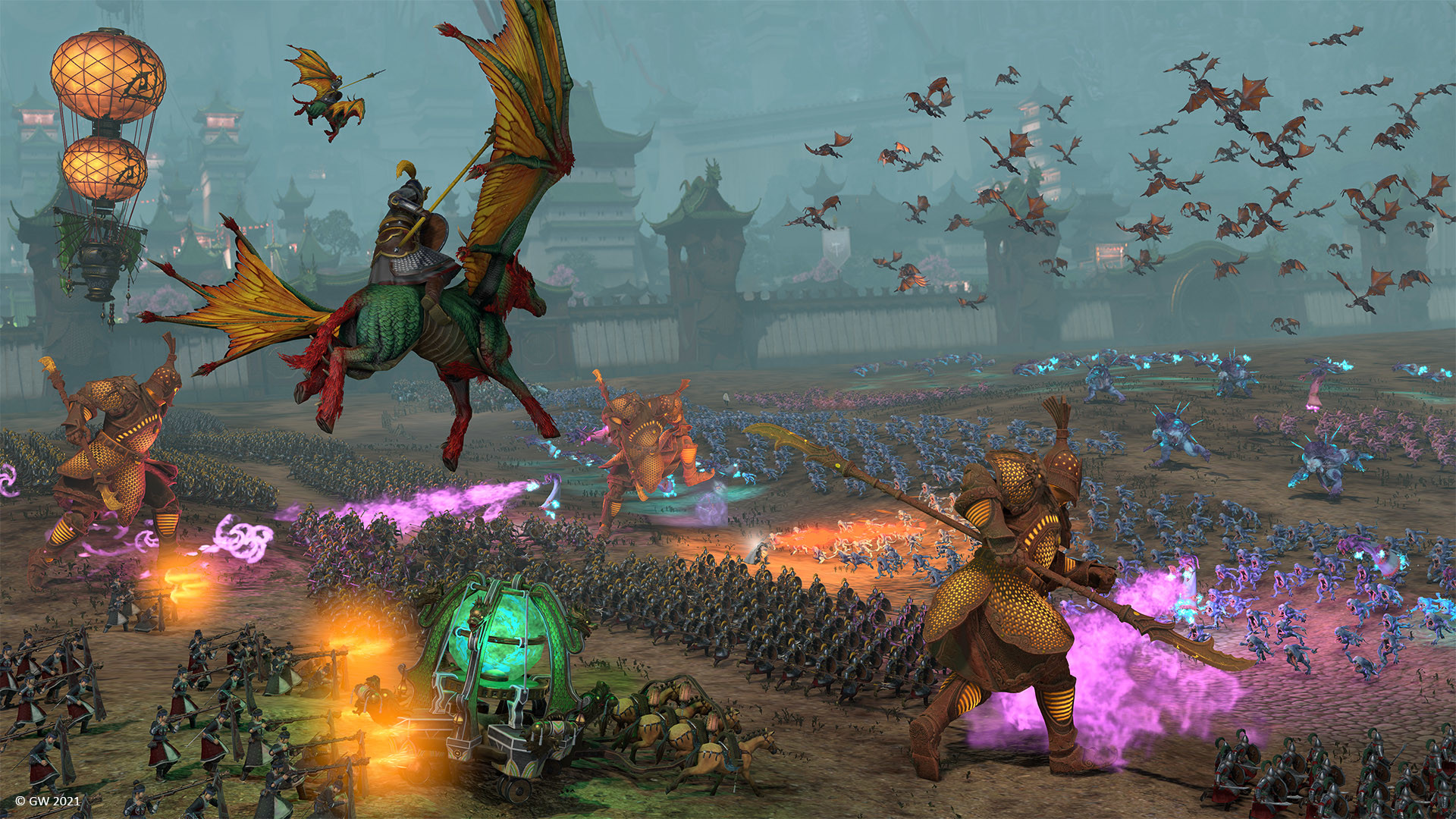
Will there be additional Mortal Empires and Eye Of The Vortex campaigns in Total War Warhammer 3 for owners of the previous two games?
James Whitston: When we started work on the trilogy of games, we took a look at the source material, the huge amount of material from Games Workshop through the years, and we very quickly realized we won’t be able to do that within the context of one game. We couldn’t do justice to the breadth and the depth and the richness of all of that content, so we decided to divide it up into three games and support them throughout with DLC.
One of the objectives within that was to allow players to combine all of the content that they’ve bought in an overall game and we saw that in Mortal Empires after the release of Total War Warhammer 2 where we essentially combine the campaign maps from the first two games and we already stated that as an intention with this third game.
We’ve got an extensive DLC roadmap beyond the release of this game, which we can’t get into detail today but obviously, with the past records of the series, you can see that we supported those previous two games and we properly intend to do that. It’s basically a case of watch this space, but the size of this release is so huge that there’s a lot to talk about in this game, so that’s mainly what we’re talking about today. But like I said, watch this space. In the future, there’s plenty of stuff to come.
[videopress HkNPBRuk]Total War Warhammer 3 is slated to launch on PC via Steam and the Epic Games Store on 17 February 2022.
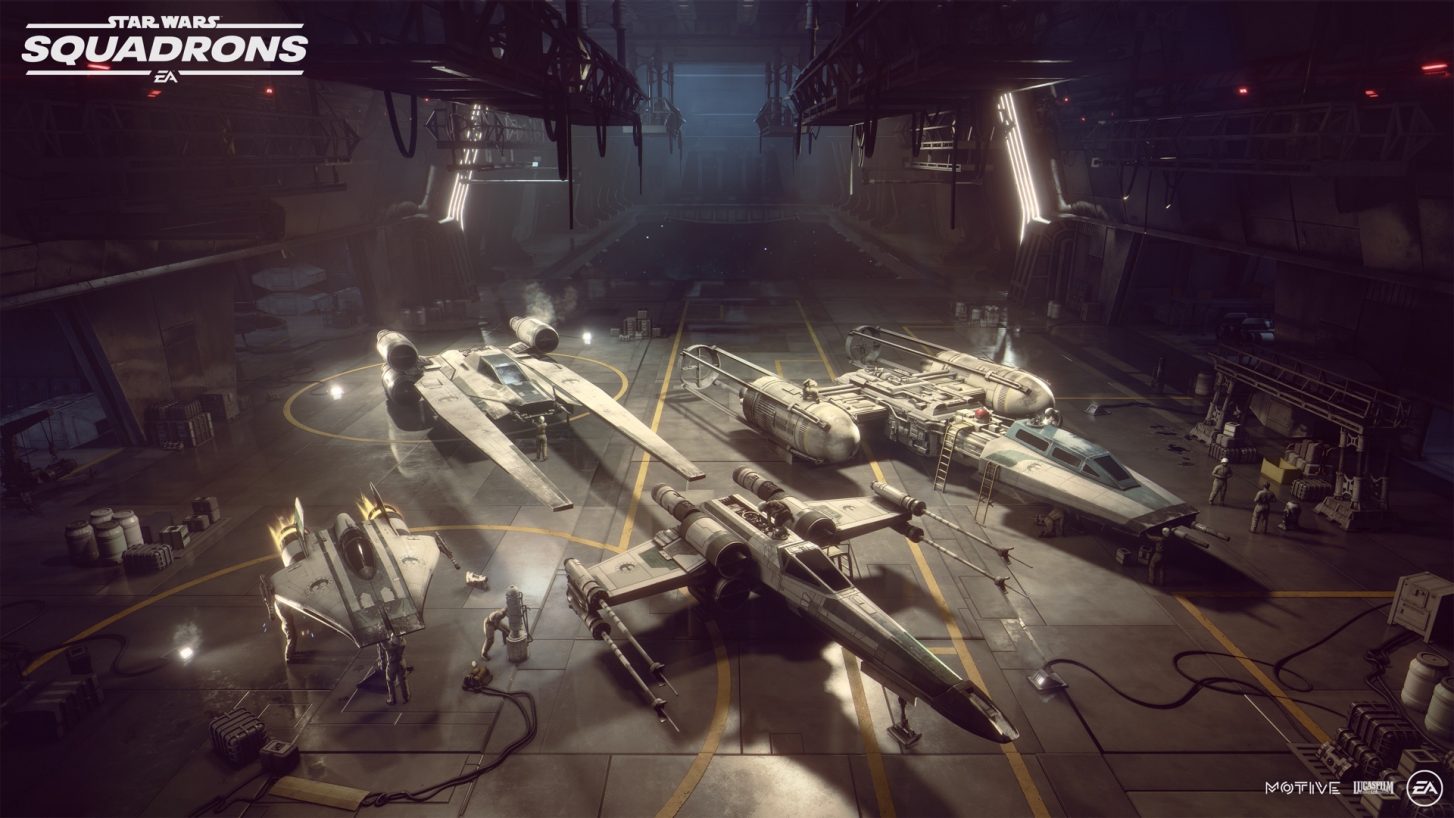
By Alleef Ashaari|August 14, 2020
In its latest blog post, EA and Motive Studios have revealed more details about what to expect from the game's customization options, both aesthetica...
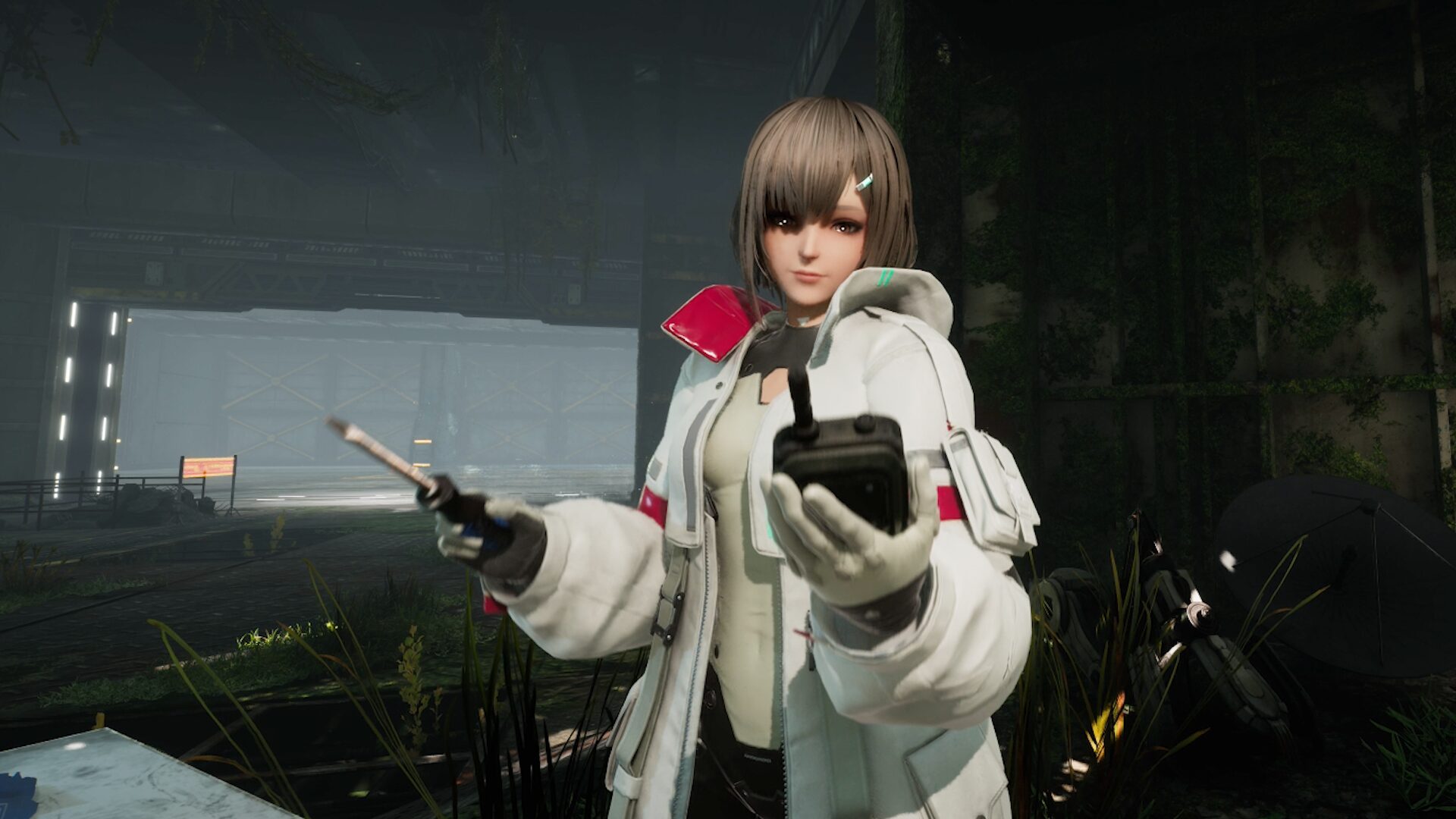
By Mr Toffee|March 5, 2024
Publisher Bandai Namco and developer Gme Studio will be hosting a closed beta test for its upcoming mecha-and-digital-female-assistant tag team action...
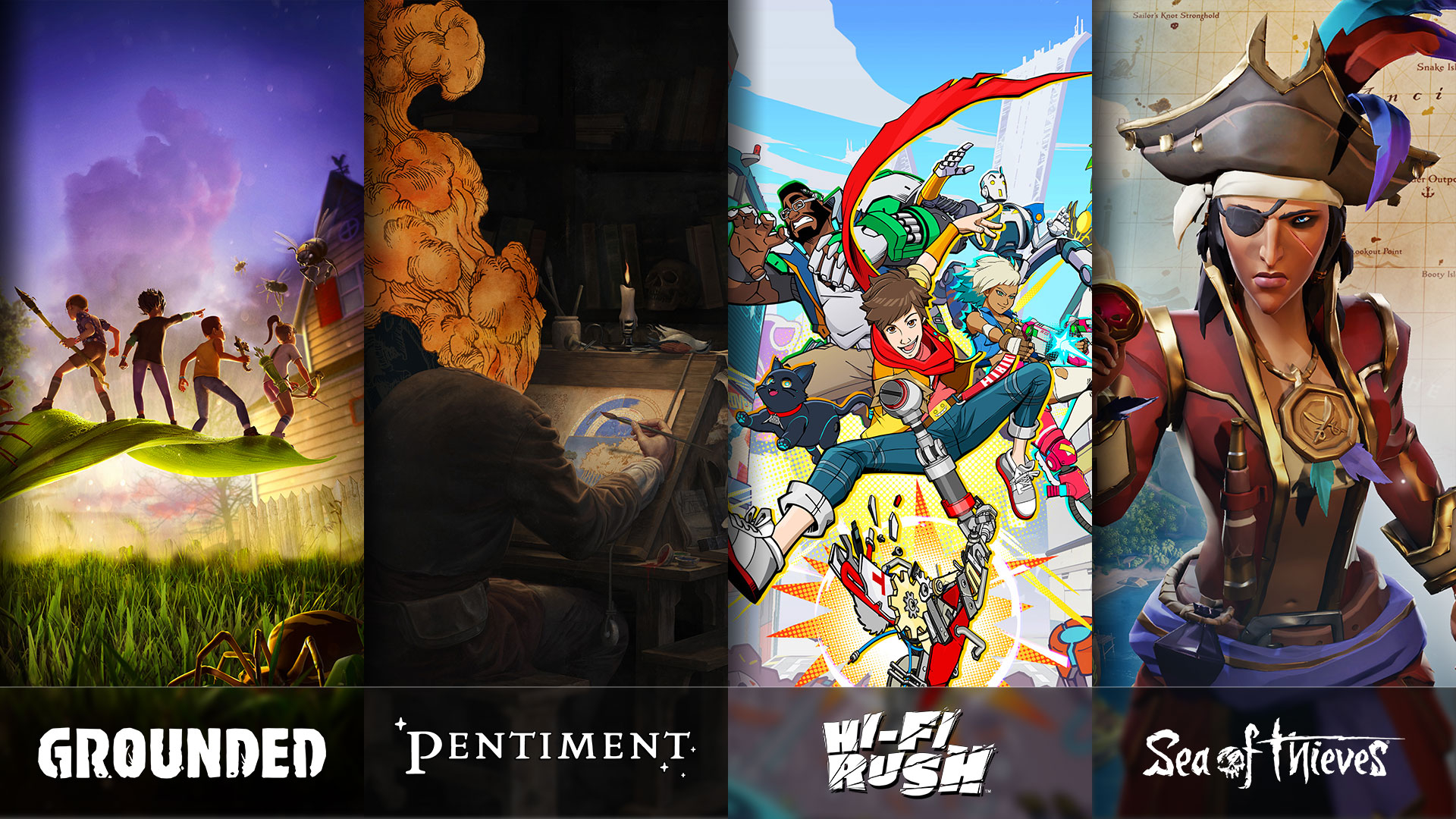
By Alleef Ashaari|February 22, 2024
Just last week, Xbox announced that four previously-exclusive games will be coming to other platforms such as PlayStation and Nintendo. Now, we finall...

By Mr Toffee|February 2, 2024

By Team KKP|July 1, 2023
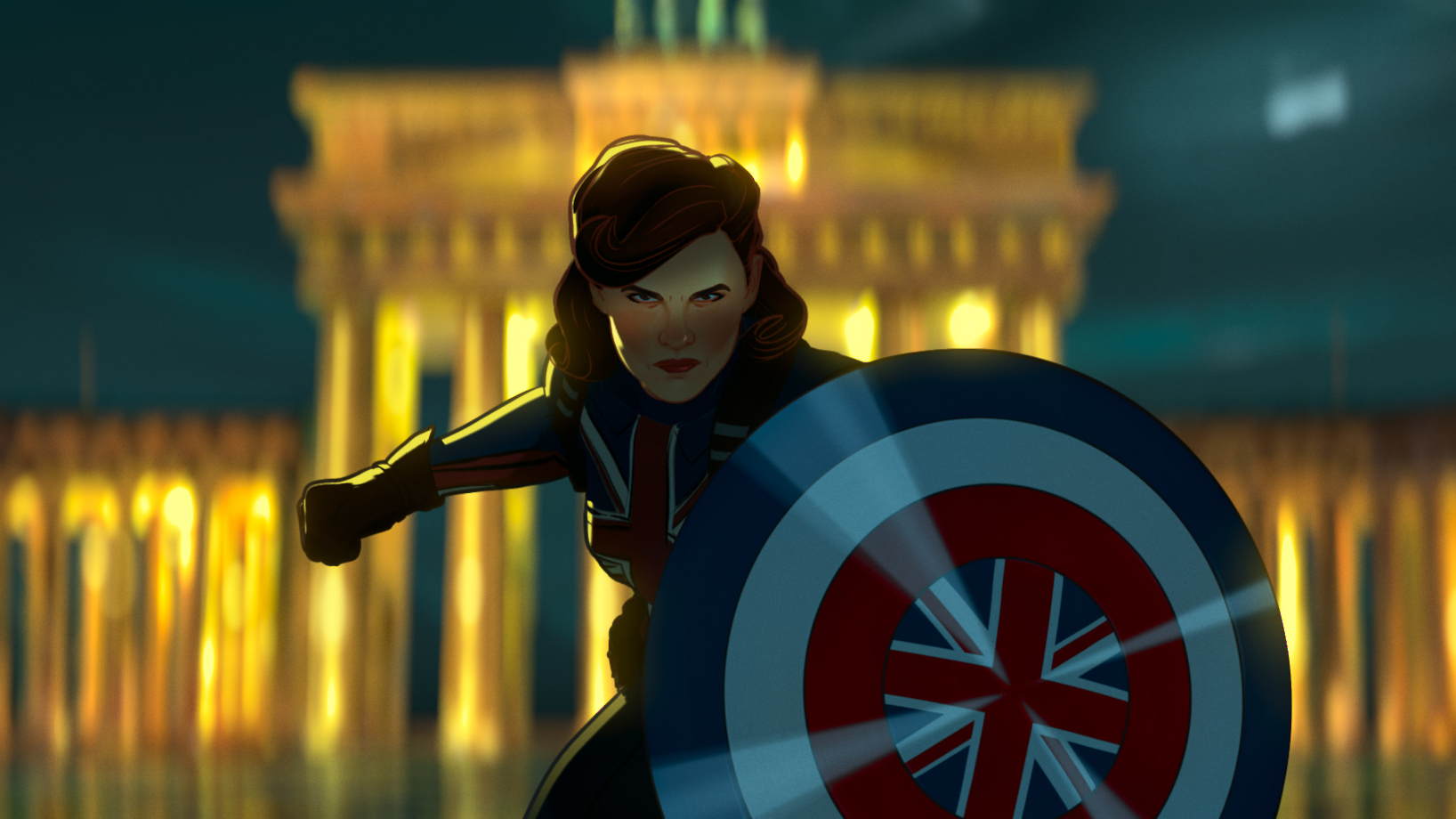
By Alleef Ashaari|August 2, 2021
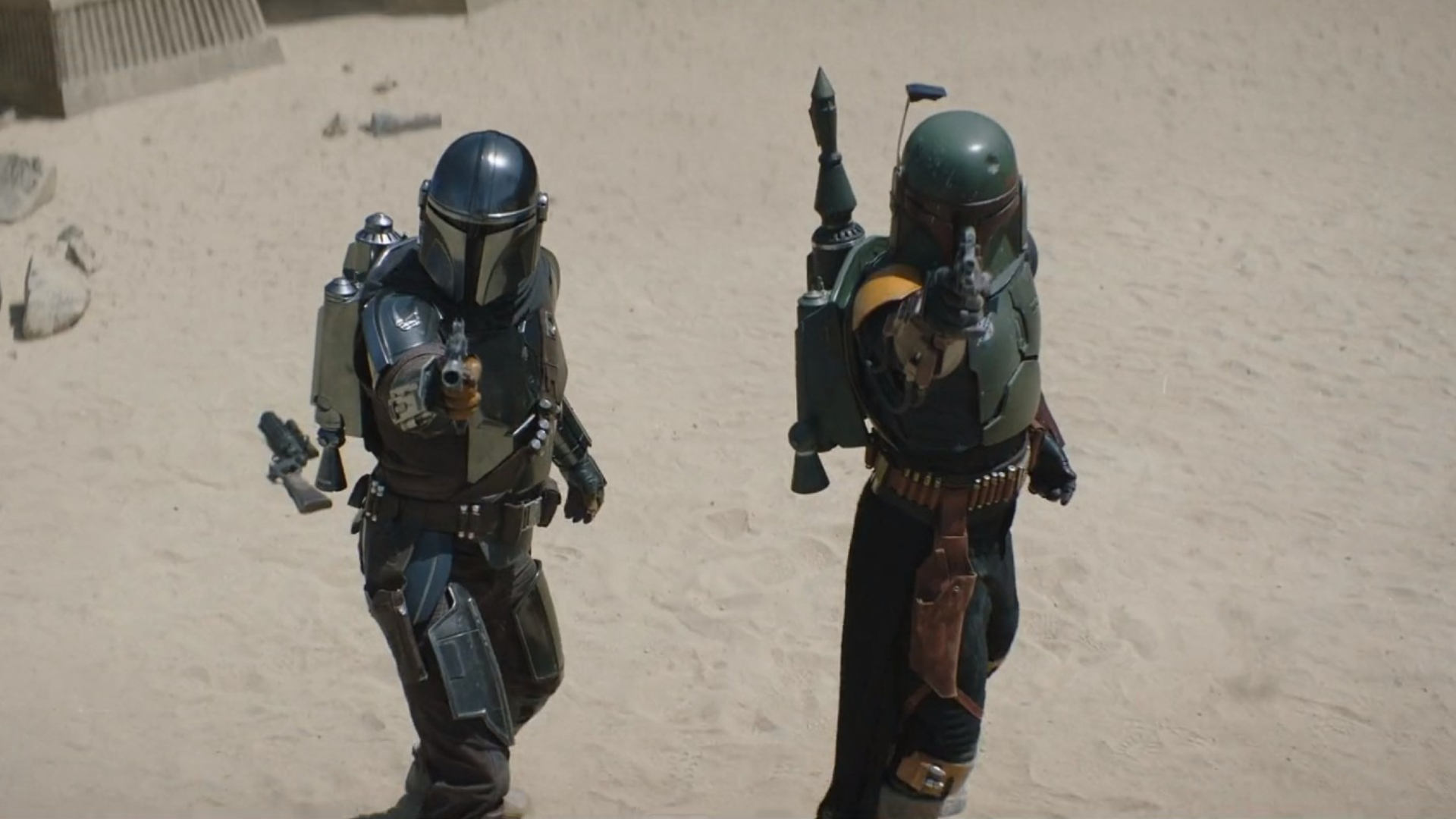
By Alleef Ashaari|February 9, 2022

By Mr Toffee|February 2, 2024

By Team KKP|July 1, 2023
Copyright @ Kakuchopurei 2024